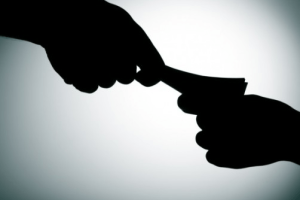A marginal drop in food inflation in the month of August 2020 pushed inflation down to 10.5 percent.
The decline which is the lowest rate since April 2020, was 0.4 percent lower than the previous month rate of 11.4 percent.
The decline in inflation comes as a good omen to the economy, as interest rates will generally remain relatively same, whilst cost of borrowing will also likely not change, although the fiscal economy need some improvement.
The Monetary Policy Committee of the Bank of Ghana is meeting to review developments in the economy and will prioritize the issue of inflation in its decision regarding the policy rate [the rate at which it lends to commercial banks].
According to figures by the Ghana Statistical Services, year-on-year food inflation went down by 2.4 percent to 11.4 percent. Month-on-month food inflation also fell by 1.1 percent.
On the other hand, non-food inflation went up by 0.2 percent to 9.9 percent.
Inflation for locally produced items was 12.6 percent, whilst inflation for imported items was 4.8 percent.
Vegetables (21.3 percent), Fish and other Sea Food (14.3 percent) and Tea (13.6 percent) registered inflation rates higher than the food-inflation average.
Also, Housing, Water, Electricity and Gas (20.4 percent) recorded inflation rates of more than the non-food inflation average of 9.9 percent. But Transport recorded an inflation rate of 9.9 percent.
In terms of the region, Greater Accra recorded the highest inflation rate of 13.5 percent, whilst Volta region registered the lowest inflation rate of 4.7 percent.
Food inflation was the lowest in the northern region (3.4 percent), whereas the Volta region registered the lowest non-food inflation of 4.3 percent.
Source:myjoyonline.com












